History of Calendula Flowers
Calendula Varieties
There are approximately 20 different varieties of Calendula, with all of them ranging from light orange to yellow and most Calendula varieties have an aromatic scent.
➡️ Here you can find some variety of Calendula seeds to bring this ray of golden blooms to your garden.
Calendula Description
Common Names: Marigold, Pot marigold,Holigold, Gold-bloom, Golds, Mary Bud/Marybud, Ruddes, Mary Gowles.
Calendula is a short aromatic herbaceous perennial, typically grows 1-2’ tall.
The leaves are oblong-lanceolate, hairy on both sides, and with margins entire or occasionally waved. The lower leaves are broad and spatula shaped, the upper leaves may be oblong, they are smooth at the edges and are arranged alternately along the stem. Although the flowers and leaves are bitter tasting, they are edible and may be added fresh or dried to soups, salads for both flavor and color.
Calendula is a short aromatic herbaceous perennial, typically grows 1-2’ tall.
The leaves are oblong-lanceolate, hairy on both sides, and with margins entire or occasionally waved. The lower leaves are broad and spatula shaped, the upper leaves may be oblong, they are smooth at the edges and are arranged alternately along the stem. Although the flowers and leaves are bitter tasting, they are edible and may be added fresh or dried to soups, salads for both flavor and color.
How To Grow Calendula
Calendula is fast growing annual that is easy to germinate and simple to care for. It is a satisfying choice for beginning gardeners that quickly rewards with fast and generous crops of showy flowers. To grow calendula begin with viable seed.
Seeds Description:
The seeds vary quite a bit in shape and color. Some seeds are more tightly curved while others are shaped more on the order of crescent moon.
How to Start Calendula Indoors
Even though I know the plants reseed it self, I still enjoy starting a few plants indoors and transplanting them directly into the garden!
Sow calendula seeds indoors late February to mid-March for transplanting in April, depending on your garden zone.
- Fill a plastic pot with moist seed compost to the top.
- Place calendula seeds on the surface of the compost in the pot.
- Press the seeds into the compost.
- Spread a 1/4-inch-thick layer of compost over the seeds.
- Firm the compost with your fingers and water gently.
- Keep the surface of the compost moist but not waterlogged.
- Place a plastic bag over the pot to maintain humidity and keep the room temperature to 70 to 75 degrees Fahrenheit (21 to 24 degrees Celsius) to encourage germination. Do not exclude light as this helps germination. Make sure the location you choose receives at least six hours of bright, direct sunlight each day.
- Once you start see growth from your seeds remove the plastic bag and move the pot into indirect sunlight. Make sure the soil stays moist but not wet.
- It’s important, to thin the plants out. They will be stunted and produce fewer flowers if you leave them this crowded.
- Once the seedlings have a few sets of leaves, they may be transplanted into the garden as long as it is past the frost free date for your gardening zone.
Hardening off Calendula Seedlings
In order to give your plants the best chance of success it is best to ‘harden them off’ prior to leaving them outside full time. About 7 days before planting your plants outdoors, help acclimate them to temperatures, sunlight, and wind. This is the process of hardening off, or gradually acclimating you new plants to outdoor conditions. These seedlings have spent their short lives in a warm, sunny, protected place and won't fare well if you don't expose them slowly to the elements. Before you intend to plant, put your transplants outdoors in an area where they'll be protected from the direct sunlight and wind.
Leave them out for a few hours and bring them back inside. Repeat this each day, gradually increasing the amount of time they're outside and the degree of exposure to sun and wind. Gradual exposure helps your plants toughen up and reduces the possibility of injury. With proper hardening off, they’ll have an easier transition to the garden and begin producing lovely flowers sooner.
Transplanting Calendula Seedlings
As the plants enlarge, pinch back leggy stems to encourage bushy growth, and deadhead spent blossoms to ensure a continuous display of color throughout the growing season.
Direct Sowing Calendula Seeds
Calendula prefers a rich, fertile and well-drained soil, in full or partial sun. As it self-seeds so easily, it is a good idea to choose a permanent spot to grow calendula.
- Sow seeds from late march onwards and after the last frost in your area, in a well-cultivated soil which has been raked to a fine tilth.
- Water ground regularly, especially in dry periods.
- Protect the emerging plants from slugs using beer traps or another organic solution.
- When the seedlings are large enough to handle, thin out them until they are finally 30cm (12in) apart in spring.
- Your Calendula plants begin blooming 45-60 days after germination and as long as you keep on top of picking the flowers, they’ll continue blooming and producing all throughout the summer and autumn.
Calendula flowers will be yellow to bright orange and 2-3” in diameter. There are different varieties of Calendula officinalis with some blooming as single flowers and others with double rows of petals. You can buy calendula seeds as mixes so that you could have single, double, yellow, and orange flowers all together in the same row.
Growing Calendula in Containers
- Fill a pot with good quality potting mix.
Plant calendula seeds directly into the pot by pressing the seeds lightly into the surface of the pot.
- Water gently and keep moist through germination period.
- Feed every 1 to 2 weeks with organic liquid fertilizer.
Young calendula plants require to be pinched back to encourage bushiness. Give an occasional feed. Water frequently, but ensure to avoid getting water on the leaves to prevent mildew. Well draining soil and only occasional watering after plants are established is the best way to growing prolific calendula plants.
Harvesting Calendula Flowers
Calendula flowers vary some from each other. Some flowers have a darker center, some have multiple layers of petals and some even vary in the intensity of orange and yellow. Calendula flowers are edible and can be used fresh in many ways. Harvesting can begin with the first blooms of the season and continue throughout the warm season and into fall. You can harvest the flowers by simply plucking them easily off the stem. If you don’t want all of the flower-less stems sticking up, just clip the stem back to the main stalk, your hands will be very sticky after picking Calendula flowers. They are very resinous which is exactly what you want for good medicine making! Be sure to harvest the flowers on a dry, sunny day and preferably before the strong heat of the day.
Collecting Calendula Seeds
Calendula are seed producers and will self-seed around the area they’re growing. The seeds are very easy to collect and once you’ve made the initial investment of seeds you shouldn’t need to buy them again.
The seeds will fall off on their own, sometimes they stay on until they are brown and dried, and sometimes they fall while still green. The trick is to collect the seeds when the plant is ready to release them before wind, rain or they fall off alone. Just do this by brushing the (button) with the pad of your thumb and store in a cool, dry place.
Watch When and How To Collect and Store Calendula Seeds Video
Calendula Plant Care
Water your plants well throughout the gardening season and apply a liquid organic fertilizer several times during the gardening season to promote big, beautiful blossoms. Pinch off spent flowers on a regular basis to extend the blooming period. Mulch to prevent weeds and conserve moisture .
Insects and Disease
Insects and disease are not typically a problem for calendula. In fact, the flower may be helpful for deterring many insect pests, making it a good companion plant for vegetable gardens.
Health Benefits Of Calendula
Calendula has been used for medicinal purposes since at least the 12th century, primarily as a topical application to boost the healing rate of wounds and prevent infection. Calendula contains high amounts of flavonoids, which are thought to increase the rate of neo-vascularization and deposit hyaluronan, the principal component of the extracellular matrix in cells. Hyaluronan contributes to cell proliferation and migration as well as the formation, alignment and migration of capillaries, which may explain why calendula speeds healing. The active ingredient in calendula is oleanolic acid, which has anti-inflammatory, anti-bacterial and antioxidant abilities.
If you’re looking for a flower that makes a colorful splash in your garden from spring through summer, calendula is the right plant for you!
Now that you’ve learned how to grow calendulas, grow your own and take advantage of their health benefits and long-lasting blooms in your garden .
Watch How to Grow Calendula From Seeds Video
Please let us know your thoughts, experiences, or questions in the comments below. If you like this, you can share with your friends!
This website is a participant in the Amazon Services LLC Associates Program, an affiliate advertising program designed to provide a means for sites to earn advertising fees by advertising and linking to amazon. Some of the links to products on this site are affiliate links. These are products that I've used or recommend based from homesteading experience. I do make a small commission (at no extra cost to you) from these sales.(alert-warning)




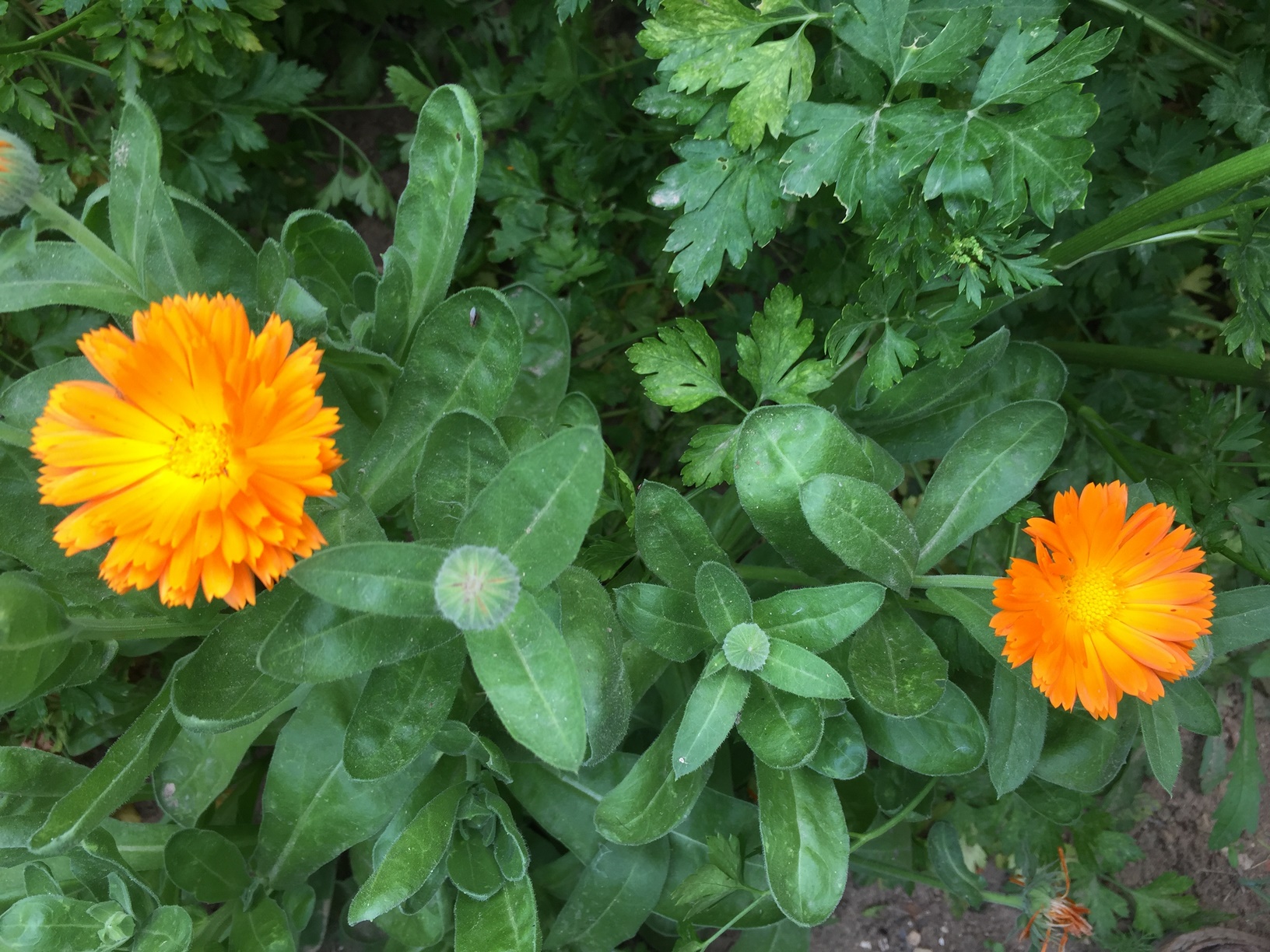



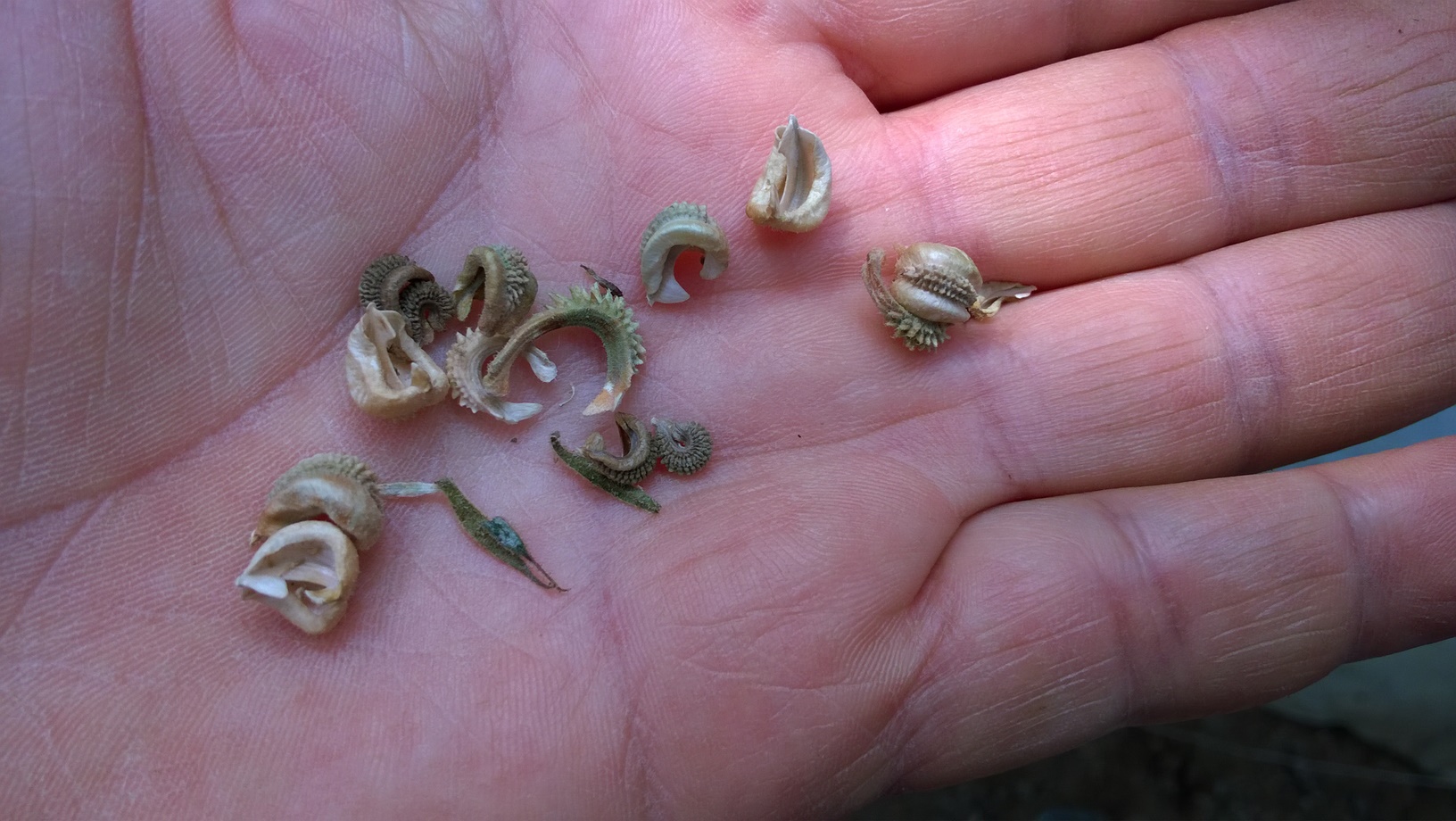
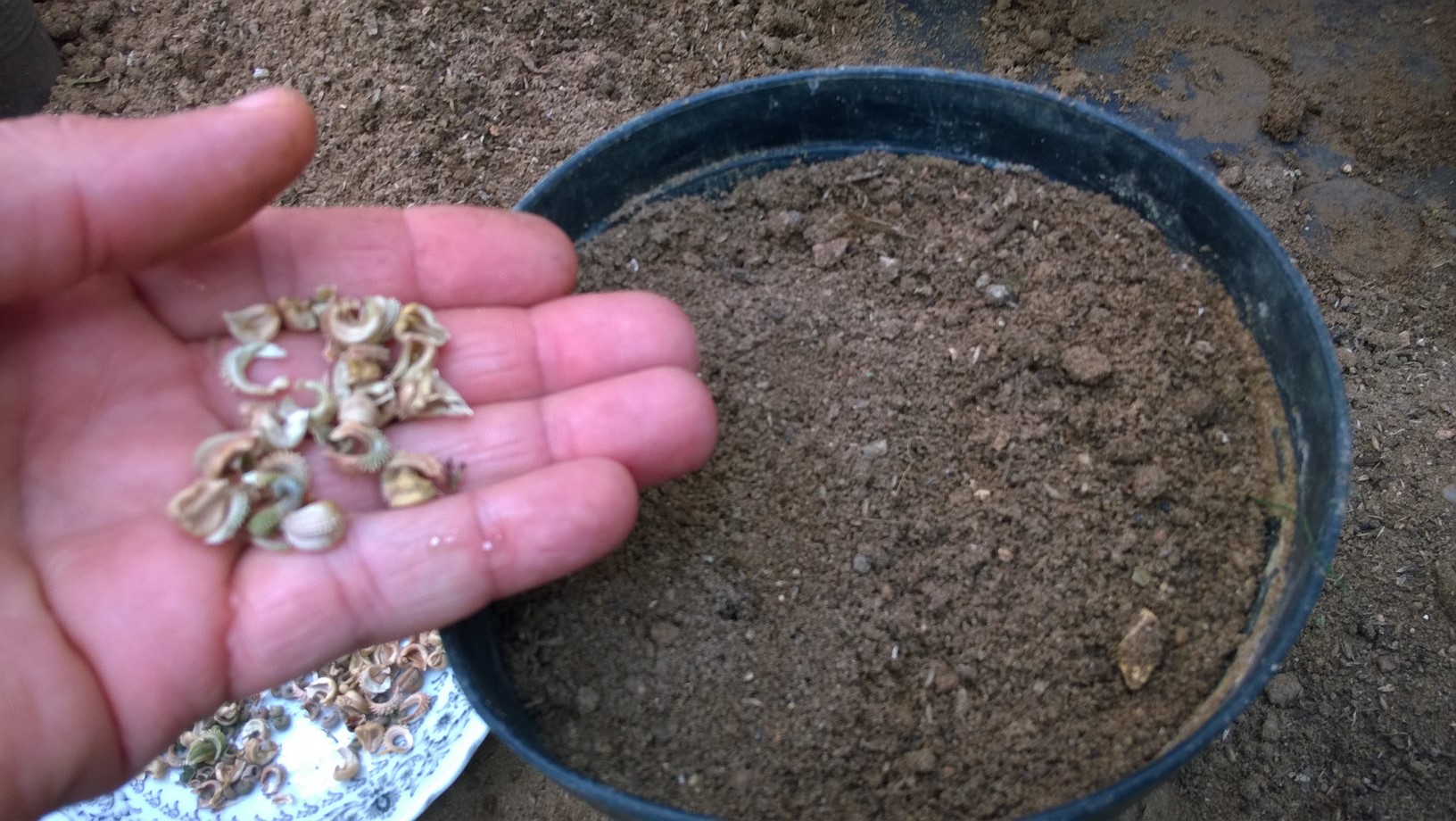


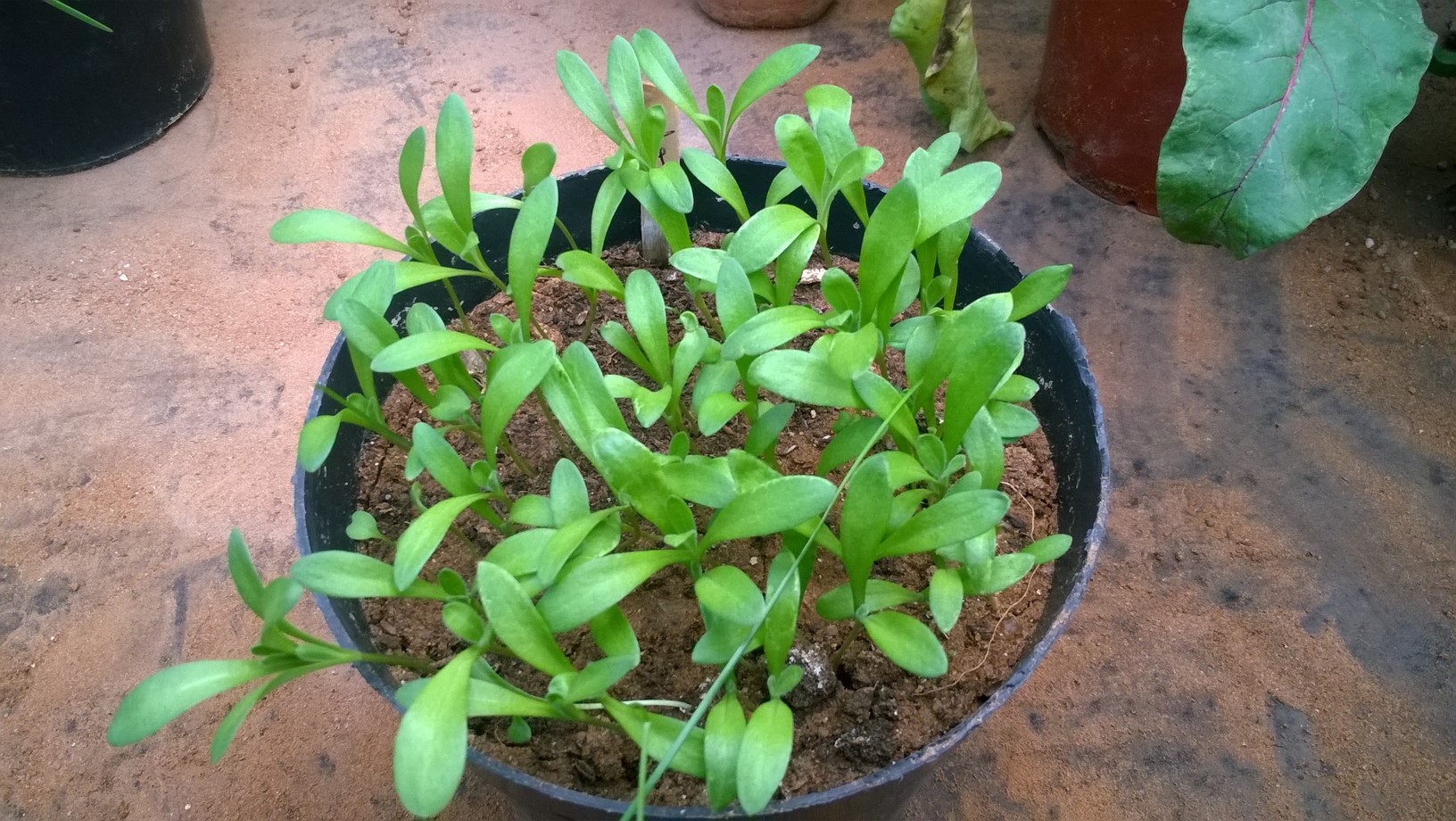


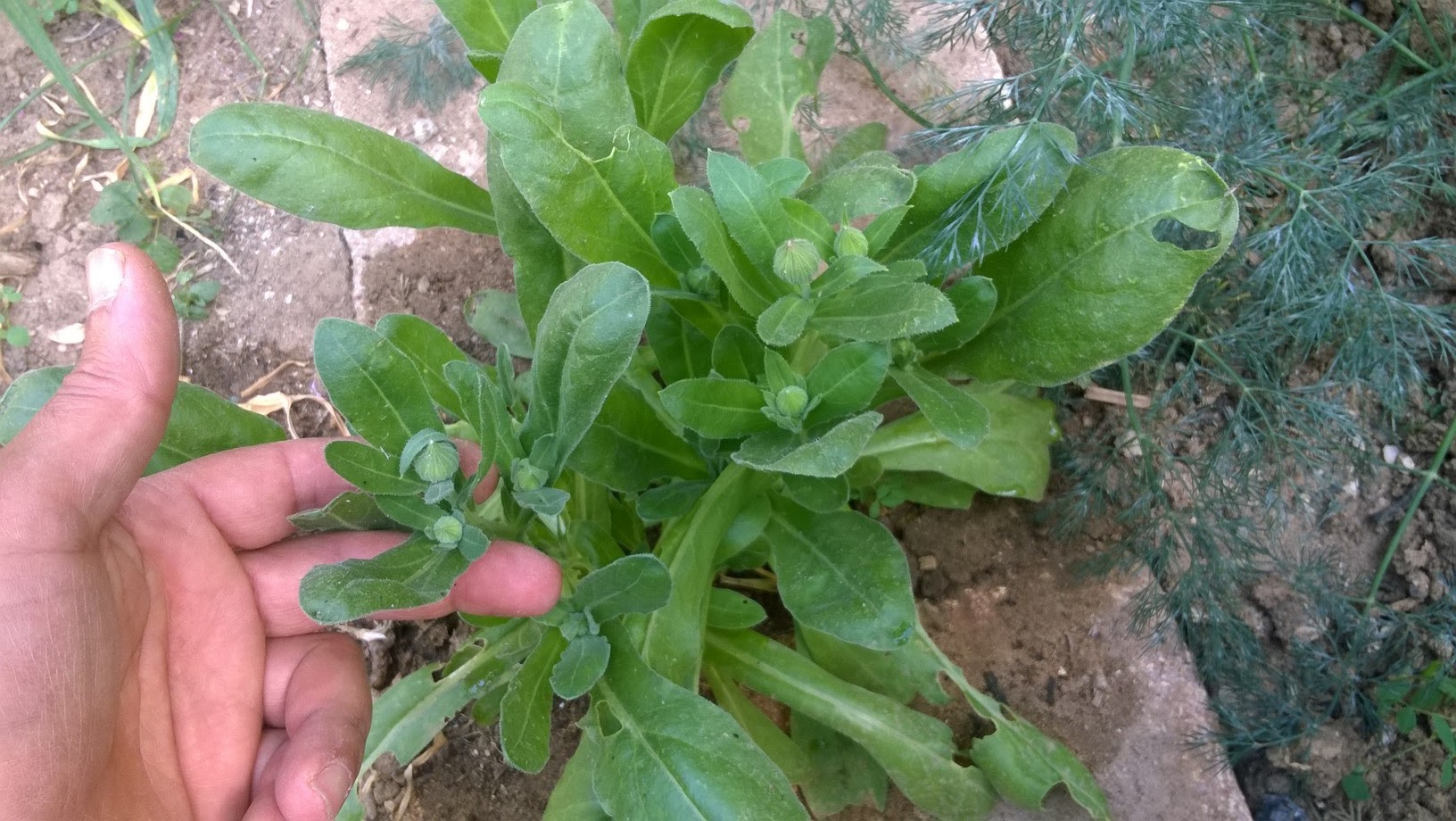














Thank you so very much for all your valued information. I have never grown the Plant in question, but will buy a packet of seeds & follow your advice. Thanks again.
ReplyDeleteThanks a million for all your advice.
ReplyDeleteI always want to help others growing their own veg, aromatic herbs and flowers with simple tips!
ReplyDelete